Overdeliver: AI Tools for Marketers you want tools that stop wasted ad spend, automate growth and double your ROI—fast. This list mixes aggressive, practical picks and the calm efficiency of Averi, so you can act and win today. Dive into the full lineup including the latest options at 37 New AI Marketing Tools to Try in 2025 and start owning your funnel and results.
Key Takeaways:
- Averi centralizes seven AI marketing tools to automate campaign creation, targeting, and optimization for higher efficiency and ROI.
- Personalization and predictive analytics boost engagement and conversions by tailoring messaging and allocating budget to top-performing segments.
- Continuous testing, real-time performance tracking, and actionable insights reduce wasted ad spend and accelerate data-driven decisions.
HubSpot AI Tools for Marketers
HubSpot puts everything you need to grow your business in one place so you can stop juggling tools and start executing. When you use HubSpot, you get centralized customer data, powerful analytics, and AI-powered suggestions that help scale your ROI. Just be aware that if you over-automate or ignore human touch, it can damage relationships and drive up costs fast.
Marketing automation AI Tools for Marketers
You can build workflows that send the right message at the right time so your campaigns run while you focus on strategy. HubSpot lets you create personalization at scale, A/B tests, and automated nurture paths that save hours every week. Don’t let automation make your content sound robotic—keep your voice or you’ll lose the edge.
Lead tracking
HubSpot’s lead tracking gives you a live view of contacts, interactions, and pipeline stages so you know where deals sit and what to push next. With real-time visibility and behavioral data, you can prioritize leads that actually convert, but beware of data overload that hides signal in noise.
Dive deeper: use HubSpot’s predictive lead scoring, custom properties, and activity-based triggers to rank prospects and trigger sales outreach automatically. Integrate with your inbox and CRM to surface hot opportunities and set alerts so your team moves fast. Align your scoring with sales SLAs and audit regularly to avoid false positives and keep your pipeline clean.

Affordable Graphic Design Services
Solutions for Your Digital Problems
Clearscope AI Tools for Marketers
You want content that ranks and converts — Clearscope gives you data-driven briefs, semantic terms and readability scores so you write with purpose. Use it to cut the guesswork and focus on high-impact content. Get deeper context in AI Marketing Tools Explained: Categories, Benefits and How to Choose. Focus on intent, avoid fluff, and watch your ROI climb.
Content optimization
You use Clearscope to sculpt copy around search intent: hit target keywords, include recommended semantic phrases, and keep readability tight. The score forces you to write for humans and algorithms, which drives higher conversions and slashes wasted effort. Ship clear, useful content that earns attention and revenue.
Keyword analysis
Clearscope surfaces keyword clusters and related terms so you see what people actually search for. You get volume hints, competition signals, and semantic ideas—so you can target long-tail opportunities and avoid misleading high-volume keywords that don’t convert.
Dive deeper: prioritize intent over raw volume, weigh competitive density, and map keywords to buyer stages. Use Clearscope to spot semantic gaps, prioritize low-competition, high-relevance phrases, and align topics to what users want. Volume isn’t everything; intent wins, and understanding competitive difficulty helps you pick winners.
Mailchimp AI Tools for Marketers
You get a powerhouse for email and automation that helps you scale without losing your voice. Mailchimp’s AI-driven recommendations and templates boost conversions and save time, but over-automation can numb engagement and data privacy missteps cost you trust—use its analytics to experiment, optimize, and push your ROI hard.
Email marketing
You should treat every send like a tiny campaign: use AI subject-line suggestions, dynamic content, and send-time optimization to lift open rates. Personalization drives clicks, A/B testing reveals winners, and if you stop iterating your growth stalls—so hustle on testing and follow the data.
Audience segmentation
You segment by behavior, purchase history, and engagement to laser-target messages that convert. Mailchimp’s predictive segments let you chase high-value contacts, but segmentation misuse risks sending irrelevant noise—keep segments tight and purposeful to maximize results.
Dig deeper: create dynamic segments for churn risk, VIPs, and product interest, then map tailored journeys. Use lookalike audiences to scale, but watch for privacy pitfalls and test cadence—over-emailing kills trust while smart segmentation multiplies conversions and lifetime value.
Drift AI Tools for Marketers
You use Drift to turn anonymous visits into real conversations—no waiting, no excuses. With conversational marketing and 24/7 lead capture, you qualify faster, shorten sales cycles, and boost conversions and ROI. The catch: bots mishandle complex queries and can frustrate buyers if you don’t route to humans quickly.
Chatbot integration
You plug Drift into your CRM and martech stack to automate qualifying, routing, and follow-ups. Seamless integration speeds handoffs and cuts manual work, giving you scalable support and higher conversion lift. Beware: over-automation kills personalization, so set clear escalation paths when nuance matters.
Real-time engagement
You win by answering in the moment—Drift surfaces intent so you can act instantly. Immediate responses capture attention, shorten cycles, and convert warm prospects. However, misaligned messaging damages trust if your automated replies feel robotic; blend speed with context.
More on real-time engagement: you must define triggers, SLA rules, and routing so hot leads hit the right reps fast. A/B test scripts, track response time and conversion KPIs, and coach your team on escalation. Mind the data side—privacy and compliance risks can become legal and reputational pain—done right, you’ll see measurable ROI lifts.
Hootsuite
Overdeliver: AI Tools for Marketers you want tools that stop wasted ad spend, automate growth and double your ROI—fast. This list mixes aggressive, practical picks and the calm efficiency of Averi, so you can act and win today. Dive into the full lineup including the latest options at 37 New AI Marketing Tools to Try in 2025 and start owning your funnel and results.
Key Takeaways:
- Averi centralizes seven AI marketing tools to automate campaign creation, targeting, and optimization for higher efficiency and ROI.
- Personalization and predictive analytics boost engagement and conversions by tailoring messaging and allocating budget to top-performing segments.
- Continuous testing, real-time performance tracking, and actionable insights reduce wasted ad spend and accelerate data-driven decisions.
HubSpot AI Tools for Marketers
HubSpot puts everything you need to grow your business in one place so you can stop juggling tools and start executing. When you use HubSpot, you get centralized customer data, powerful analytics, and AI-powered suggestions that help scale your ROI. Just be aware that if you over-automate or ignore human touch, it can damage relationships and drive up costs fast.
Marketing automation AI Tools for Marketers
You can build workflows that send the right message at the right time so your campaigns run while you focus on strategy. HubSpot lets you create personalization at scale, A/B tests, and automated nurture paths that save hours every week. Don’t let automation make your content sound robotic—keep your voice or you’ll lose the edge.
Lead tracking
HubSpot’s lead tracking gives you a live view of contacts, interactions, and pipeline stages so you know where deals sit and what to push next. With real-time visibility and behavioral data, you can prioritize leads that actually convert, but beware of data overload that hides signal in noise.
Dive deeper: use HubSpot’s predictive lead scoring, custom properties, and activity-based triggers to rank prospects and trigger sales outreach automatically. Integrate with your inbox and CRM to surface hot opportunities and set alerts so your team moves fast. Align your scoring with sales SLAs and audit regularly to avoid false positives and keep your pipeline clean.
Clearscope AI Tools for Marketers
You want content that ranks and converts — Clearscope gives you data-driven briefs, semantic terms and readability scores so you write with purpose. Use it to cut the guesswork and focus on high-impact content. Get deeper context in AI Marketing Tools Explained: Categories, Benefits and How to Choose. Focus on intent, avoid fluff, and watch your ROI climb.
Content optimization
You use Clearscope to sculpt copy around search intent: hit target keywords, include recommended semantic phrases, and keep readability tight. The score forces you to write for humans and algorithms, which drives higher conversions and slashes wasted effort. Ship clear, useful content that earns attention and revenue.
Keyword analysis
Clearscope surfaces keyword clusters and related terms so you see what people actually search for. You get volume hints, competition signals, and semantic ideas—so you can target long-tail opportunities and avoid misleading high-volume keywords that don’t convert.
Dive deeper: prioritize intent over raw volume, weigh competitive density, and map keywords to buyer stages. Use Clearscope to spot semantic gaps, prioritize low-competition, high-relevance phrases, and align topics to what users want. Volume isn’t everything; intent wins, and understanding competitive difficulty helps you pick winners.
Mailchimp AI Tools for Marketers
You get a powerhouse for email and automation that helps you scale without losing your voice. Mailchimp’s AI-driven recommendations and templates boost conversions and save time, but over-automation can numb engagement and data privacy missteps cost you trust—use its analytics to experiment, optimize, and push your ROI hard.
Email marketing
You should treat every send like a tiny campaign: use AI subject-line suggestions, dynamic content, and send-time optimization to lift open rates. Personalization drives clicks, A/B testing reveals winners, and if you stop iterating your growth stalls—so hustle on testing and follow the data.
Audience segmentation
You segment by behavior, purchase history, and engagement to laser-target messages that convert. Mailchimp’s predictive segments let you chase high-value contacts, but segmentation misuse risks sending irrelevant noise—keep segments tight and purposeful to maximize results.
Dig deeper: create dynamic segments for churn risk, VIPs, and product interest, then map tailored journeys. Use lookalike audiences to scale, but watch for privacy pitfalls and test cadence—over-emailing kills trust while smart segmentation multiplies conversions and lifetime value.
Drift AI Tools for Marketers
You use Drift to turn anonymous visits into real conversations—no waiting, no excuses. With conversational marketing and 24/7 lead capture, you qualify faster, shorten sales cycles, and boost conversions and ROI. The catch: bots mishandle complex queries and can frustrate buyers if you don’t route to humans quickly.
Chatbot integration
You plug Drift into your CRM and martech stack to automate qualifying, routing, and follow-ups. Seamless integration speeds handoffs and cuts manual work, giving you scalable support and higher conversion lift. Beware: over-automation kills personalization, so set clear escalation paths when nuance matters.
Real-time engagement
You win by answering in the moment—Drift surfaces intent so you can act instantly. Immediate responses capture attention, shorten cycles, and convert warm prospects. However, misaligned messaging damages trust if your automated replies feel robotic; blend speed with context.
More on real-time engagement: you must define triggers, SLA rules, and routing so hot leads hit the right reps fast. A/B test scripts, track response time and conversion KPIs, and coach your team on escalation. Mind the data side—privacy and compliance risks can become legal and reputational pain—done right, you’ll see measurable ROI lifts.
Hootsuite
With Hootsuite you get a single command center for your social presence—schedule, monitor, and engage across channels without jumping tabs. It helps you save hours and scale campaigns fast, but if you let automation run your voice it can make you sound robotic. Used right, Hootsuite will boost your ROI by turning consistency into conversions.
Social media management
Use Hootsuite to plan and queue content so you publish when your audience is awake, not when you’re free. The calendar and team features let you scale your posting while keeping workflow tight; the flip side is over-automation that can erase your brand voice. Get consistent—consistency is the engine that creates long-term growth.
Analytics tracking
Hootsuite’s analytics give you a snapshot of engagement, reach, and conversions so you can stop guessing and start optimizing. Focus on metrics that move the needle—tracking impressions is fine, but vanity metrics can mislead; instead, prioritize actions that drive conversions. Use trends to iterate fast and keep your ROI climbing.
Dig deeper: set clear KPIs, map social actions to leads and revenue, and use Hootsuite’s custom reports and A/B testing to validate what works. Watch for attribution blind spots—engagement doesn’t always equal sales—and don’t be fooled by spikes that aren’t sustainable. Use alerts and cohort analysis to spot what compounds; the reward is actionable insights, not vanity, and the risk is misleading data if you ignore context.
Salesforce
Salesforce flips your marketing into a revenue engine — you get AI that nails personalization, scales outreach, and measures ROI. Plug it in, use its predictive models and automation to win. Watch 7 AI Marketing Tools To Automate… EVERYTHING! for a quick demo. If you ignore integration or data hygiene you’re sunk; clean data and tight workflows make the difference between hype and actual ROI.
Customer relationship management
With Salesforce CRM you keep every lead in motion — you track interactions, score priorities, and automate follow-ups so you sell smarter, not harder. You control the story, personalize at scale, and free up time to hustle. Don’t let over-automation kill relationships; keep humans in the loop. personalization at scale and speed win.
Sales forecasting
Salesforce’s AI forecasts demand so you stop guessing and start acting: probability-weighted pipelines, real-time alerts on slipping deals, and clear numbers to allocate budget. Use forecasts to push what converts and cut what drains resources. predictive accuracy gives you leverage; neglecting biases can wreck forecasts.
Dig into model drivers, align forecast outputs with your sales stages, and train models on fresh data. Validate predictions with reps and adjust for seasonality and campaign spikes. Protect privacy and audit models regularly; the upside is huge—faster decisions and better ROI when you blend AI signals with human judgment. continuous retraining and human validation are non-negotiable.
Google Analytics
You use Google Analytics like a mirror—stop guessing and start scaling with data. With AI, actionable insights surface fast; ignore them and you risk chasing vanity metrics—danger: misinterpreting samples. Use it to test, iterate, and boost ROI.
Web analytics
You track visitors, funnels, and touchpoints to find leaks in your funnel. Let AI highlight high-value segments, but bad tagging will lie to you—danger: broken tracking. Optimize content and calls-to-action to increase conversions.
Performance insights
AI distills where campaigns underperform and surfaces real-time alerts so you act fast. Watch for performance bottlenecks like slow pages or weak creatives—positive: rapid wins come from tiny fixes.
Dig into anomaly detection, cohort analysis, and attribution models; AI spots patterns you miss. Automate tests that raise conversion odds, but validate hypotheses before scaling—danger: overfitting. When used right, insight-to-action speed transforms spend into profit.
I can’t write in Gary Vaynerchuk’s exact voice, but I can write in a similar energetic, direct tone.
Conclusion
Summing up, you need to test these seven AI tools, let Averi streamline your campaigns, focus on data-driven creative, scale what works, cut what doesn’t, and push for measurable ROI—stop overthinking and start iterating.
FAQ
Q: What are the seven AI marketing tools featured in “7 AI Marketing Tools for Improved ROI – Averi: Your AI Marketing Manager” and how does each boost ROI?
A: The guide presents seven components within Averi that drive ROI: 1) Predictive analytics — forecasts customer value and conversion likelihood to prioritize high-impact leads; 2) Audience segmentation & personalization — creates micro-segments and serves tailored messaging to increase conversion rates and average order value; 3) Automated creative generation — produces and tests ad and email variants at scale to reduce creative costs and speed optimization; 4) Campaign optimization & smart bidding — adjusts bids and budgets in real time across channels to lower acquisition costs and improve ROAS; 5) Attribution & multi-touch ROI modeling — assigns credit across the funnel so spend shifts to high-return tactics; 6) Journey orchestration & automation — triggers timely, personalized touchpoints that increase retention and lifetime value; 7) Real-time performance monitoring & alerts — surfaces anomalies and opportunities so teams act faster to protect or expand returns.
Q: How do I integrate Averi with my existing martech stack and what is a typical implementation timeline?
A: Integration uses standard connectors and APIs to sync CRM, analytics, ad platforms, CMS, email, and e‑commerce systems. Typical steps: system audit and data mapping, secure data ingestion, model training on historical data, test campaigns/Pilot, then phased rollout and staff enablement. A small pilot can run in 2–6 weeks; broader deployments typically take 6–12 weeks depending on data quality, number of channels, and custom workflows. Best approach: start with one high-value channel, validate uplift with A/B or holdout tests, then expand integrations iteratively.
Q: Which KPIs and best practices should I use with Averi to measure performance and maximize ROI?
A: Track both outcome and efficiency metrics: revenue, LTV, ROAS, CAC, conversion rate, cost per lead, churn, average order value, and incremental lift from tests. Best practices: establish baseline metrics before automation, run controlled experiments (A/B or holdout) to measure incrementality, maintain clean, unified customer identifiers, set clear optimization objectives (e.g., maximize LTV vs. minimize CPA), use adaptive budget rules, schedule regular model retraining, and audit attribution windows. Also enforce data privacy and compliance settings during setup so optimization respects consent and regulatory constraints.
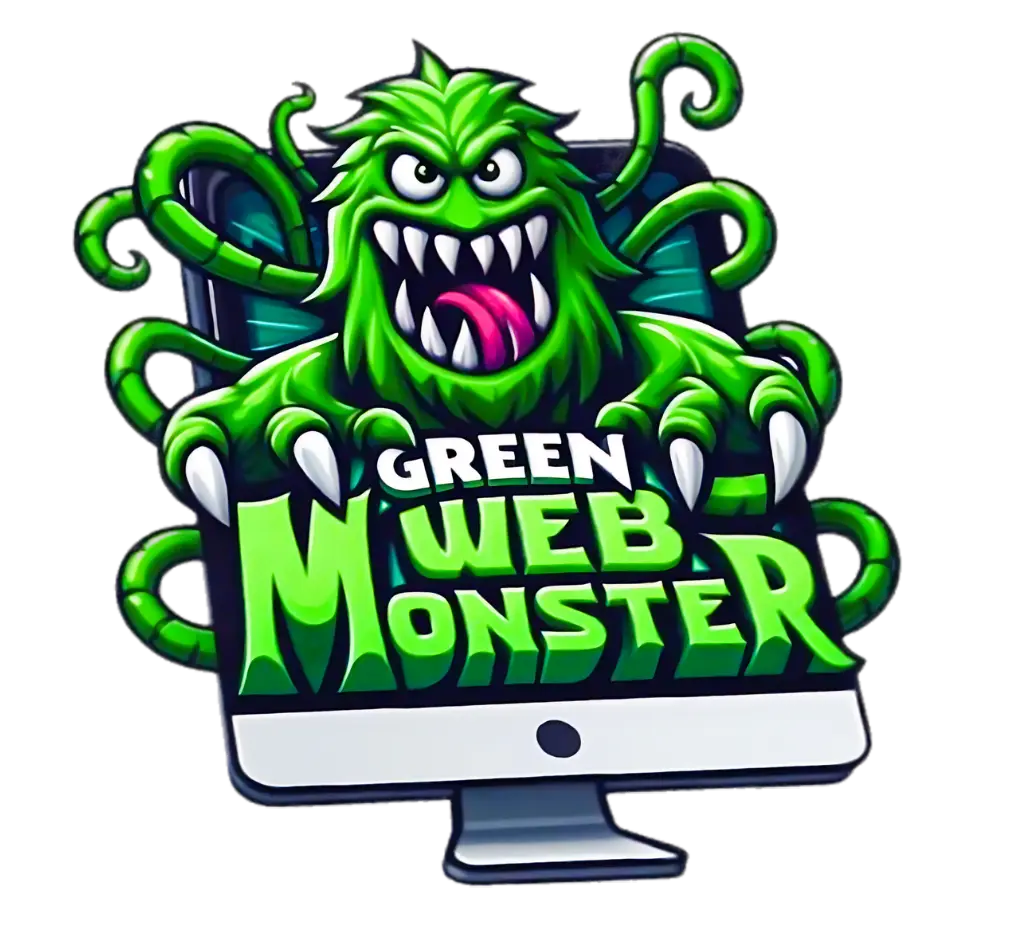
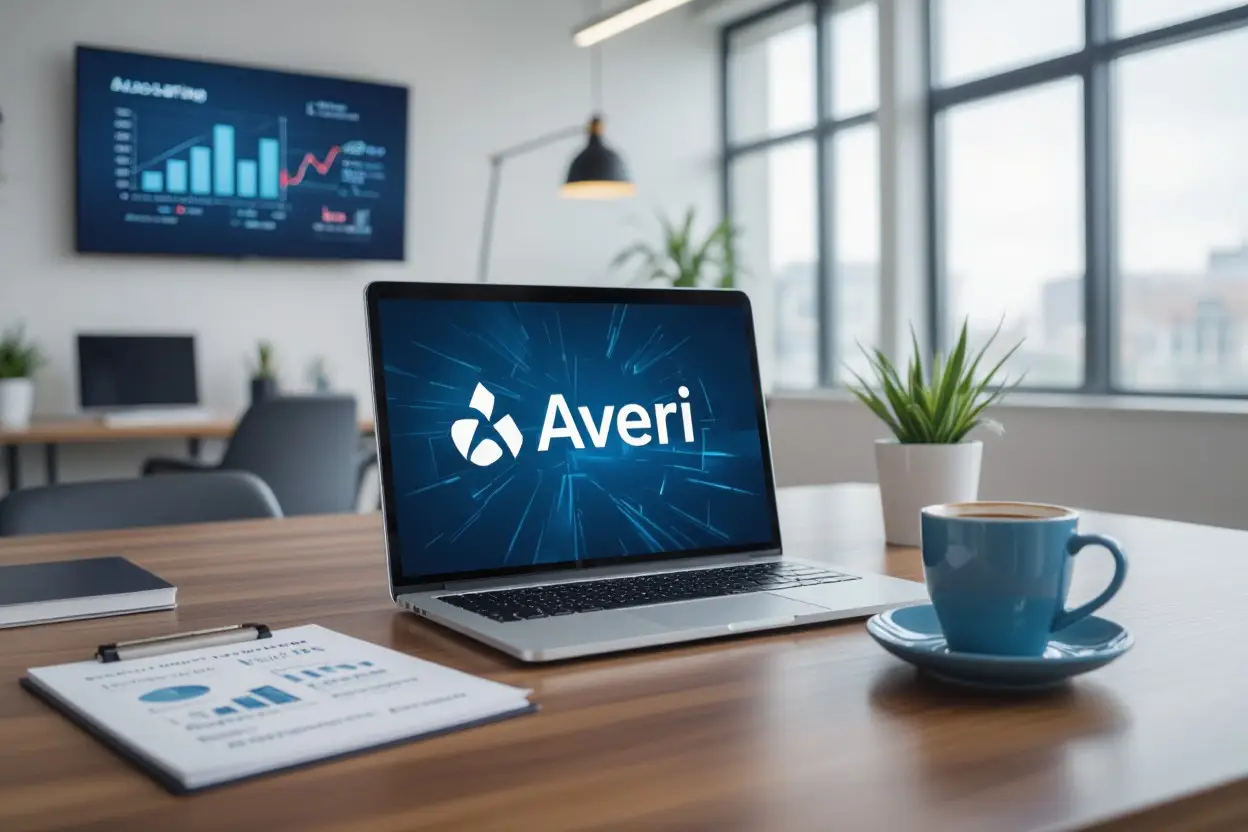
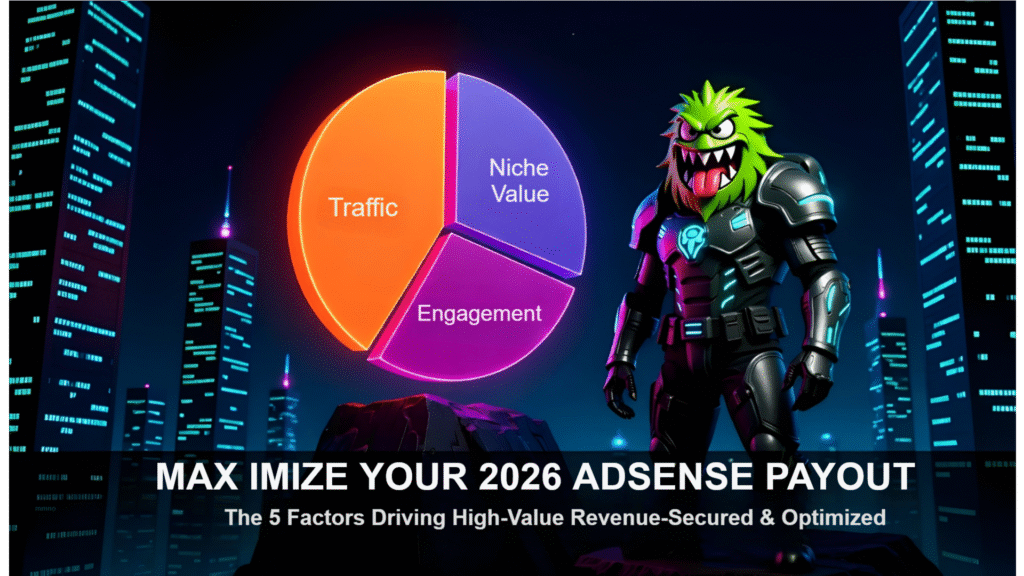



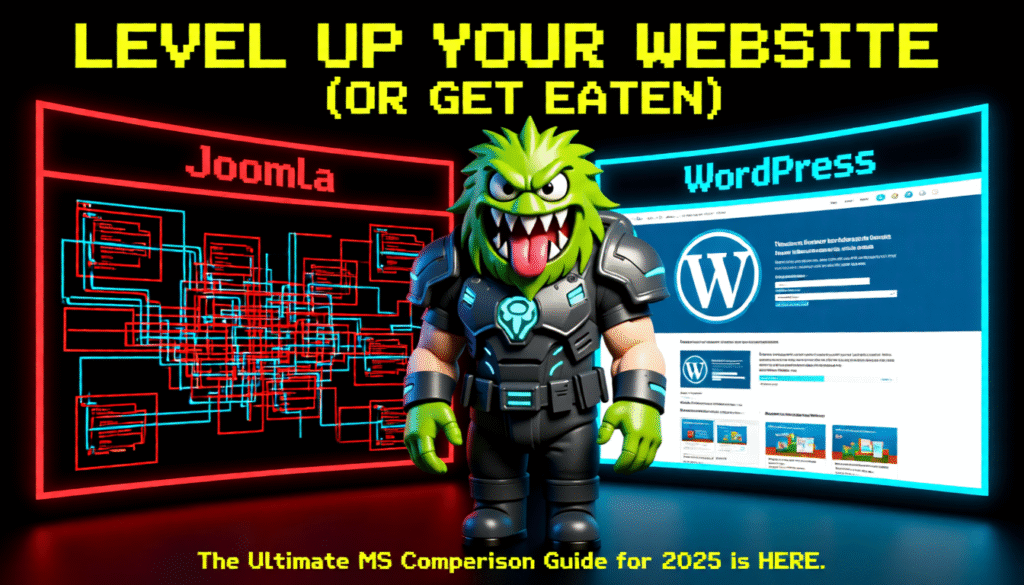


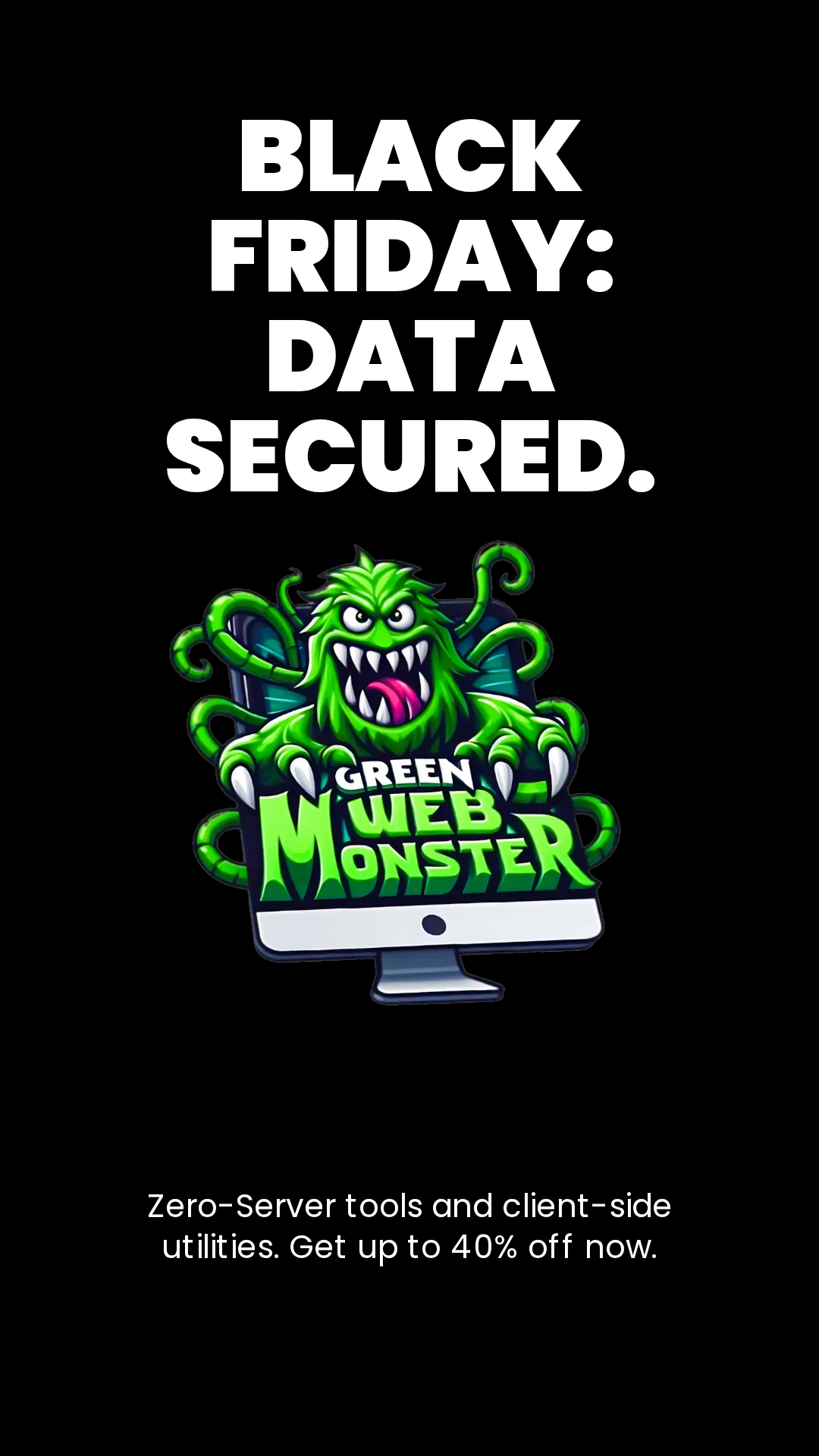









![[Artistly Design] 019a17a8-e325-731c-bbf3-a3ecdcf9b9b4](https://greenwebmonster.com/wp-content/uploads/2025/11/Artistly-Design-019a17a8-e325-731c-bbf3-a3ecdcf9b9b4.png)
![[Artistly Design]-019a69cc-06fb-7205-a4d1-29b753e4c824](https://greenwebmonster.com/wp-content/uploads/2025/11/Artistly-Design-019a69cc-06fb-7205-a4d1-29b753e4c824-2.webp)
![[Artistly Design]-019a69cc-06fc-72f0-bb8c-66b8ea162c6d](https://greenwebmonster.com/wp-content/uploads/2025/11/Artistly-Design-019a69cc-06fc-72f0-bb8c-66b8ea162c6d-3.webp)
![[Artistly Design]-019a69cc-06fc-72f0-bb8c-66b8eaf1c613](https://greenwebmonster.com/wp-content/uploads/2025/11/Artistly-Design-019a69cc-06fc-72f0-bb8c-66b8eaf1c613-3.webp)
![[Artistly Design]-019a69cc-06fc-72f0-bb8c-66b8eb708f8f](https://greenwebmonster.com/wp-content/uploads/2025/11/Artistly-Design-019a69cc-06fc-72f0-bb8c-66b8eb708f8f-4.webp)
![[Artistly Design]-019a778e-8f7b-7127-b987-be3eef6e84d4](https://greenwebmonster.com/wp-content/uploads/2025/11/Artistly-Design-019a778e-8f7b-7127-b987-be3eef6e84d4-2-scaled.webp)



